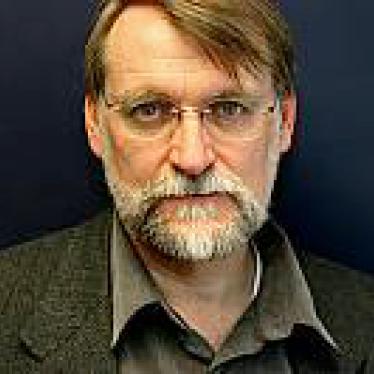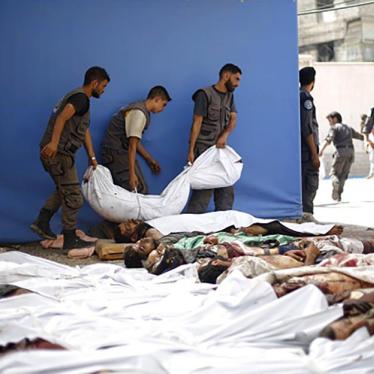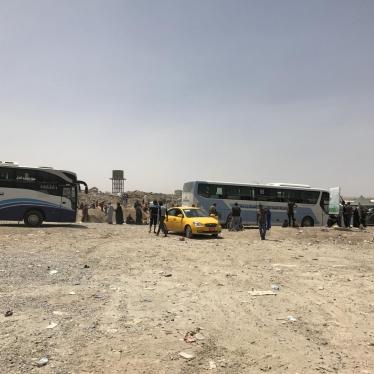Speculation abounds regarding how the U.S. and Turkey plan to implement a "safe zone" in northern Syria, or whether, in fact, they've agreed to that at all. While U.S. statements emphasized the aim of clearing extremist ISIS forces from an area beside the Syria-Turkey border, Turkey's Foreign Minister, Mevlü Çavuşğlu, said, "When areas in northern Syria are cleared of the [ISIS] threat, the safe zones will be filled naturally.... People who have been displaced can be placed in those safe areas."
The two sides seemed to agree neither on how such a zone would be made--and kept--safe, nor on how it would be "filled naturally" with displaced people and returning refugees.
While the U.S. has the military objective of seeking a foothold for the fight against ISIS, Turkey has other preoccupations, including its concern about the possible emergence of another autonomous Kurdish stronghold on its border and the ongoing cost and management of an enormous refugee burden. Since the conflict began in 2011, Turkey has been remarkably receptive to Syrian refugees. It currently hosts not only the largest number of Syrian refugees, but the largest number of refugees of any country in the world.
The Turkish public is growing weary of its protracted role as refugee host. The government can't help but worry about the likelihood of continuing refugee flows given the lack of movement toward a political resolution by the parties to the conflict in Syria and the presence of at least 7.5 million displaced people still within Syria.
Little chance, therefore, that a lack of agreement with the U.S. government on the fine points would deter Turkey from continuing to talk up the virtues of a "safe" zone. President Recep Tayyip Erdoğan said, "Cleansing the region of all threatening elements and establishing a safe zone constitutes the basis of 1.7 million Syrian refugees' return."
For its part, while the U.S. has emphasized its commitment to supporting an ISIS-free zone on the Turkish border, it has categorically rejected putting U.S. troops on the ground or declaring and enforcing a no-fly zone. Certainly, any so-called safe area that would still allow Assad's helicopters to drop barrel bombs would not be worthy of the name. But the Obama Administration has not as categorically rejected the "safe zone" rhetoric. A senior U.S. official speaking to journalists in a conference call reportedly said, "Safe zone or whatever you want to call it, the idea is to get [ISIS] out of this area."
"Whatever you want to call it." Really?
Using vague humanitarian language to gloss a military initiative is not harmless. Calling a place embroiled in conflict a "safe zone" matters. The Geneva Conventions, one of the principal sources of the laws of war, use specific terms such as "neutralized zone" and "safety zone" to describe places such as hospitals that are deemed to be neutral, demilitarized, and therefore areas of safety that all parties to any conflict must respect. When places declared safe zones have not met these standards, as at Srebrenica during the Balkan conflict of the 1990s--which turned into the worst atrocity in Europe since World War II, the rhetoric of safety when divorced of real protection has created death traps that have served to contain the flow of displaced people rather than protect civilians from harm.
History has shown that this is not mere rhetoric that can be casually bandied about. However understandable Turkey's desire for a relief from the refugee burden it bears, the solution is not to create a safe zone in name only will serve as a pretext for containing desperate people and putting their lives in danger.








